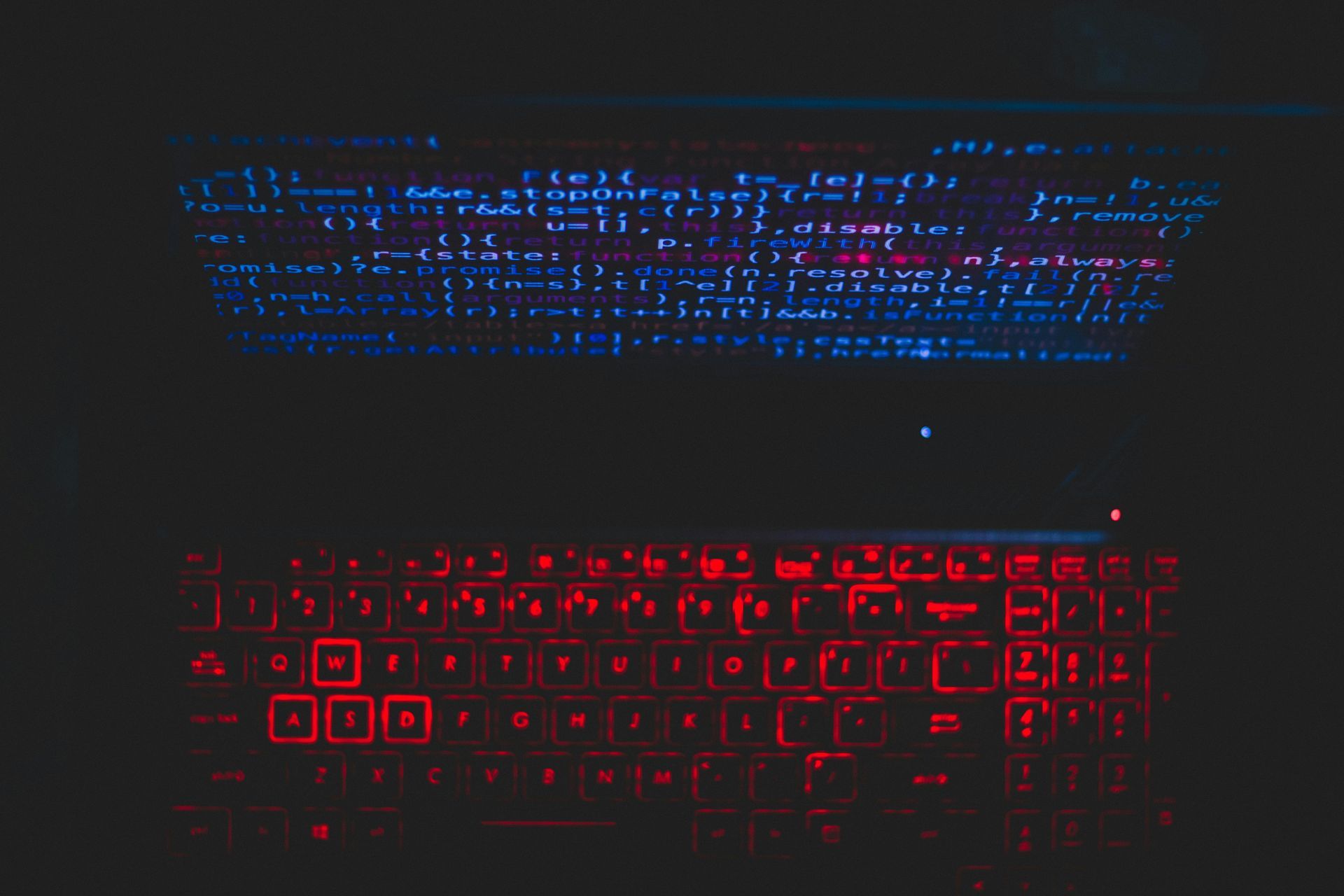AI and Cybersecurity: What's Hype vs. What Actually Helps
Why AI is your assistant, not your replacement, in cybersecurity

If I had a dollar for every time someone asked me whether AI is going to replace cybersecurity jobs, I'd probably have enough saved to fund a closet full of luxury fashion. With the explosion of tools like ChatGPT, Copilot, and countless "AI-powered" security platforms hitting the market, its easy to get swept up in the hype.
But for both technical professionals and non-technical business leaders, the real question is: what can AI actually do for the cybersecurity today, and where is the hype getting ahead of reality?
Let's break it down.
The AI Hype Train: What's Overblown
It's no secret that cybersecurity marketing loves a good buzzword. "AI-driven threat detection!" "Autonomous SOC!" "Self-healing networks!" You'd think AI was about to replace your entire security team with a laptop and a prayer.
But here's the truth:
- AI is not replacing cybersecurity professionals. It's helping them work smarter. Automation can take the load off, but it still needs oversight and context, something only humans can provide.
- AI won't wrote your entire playbook or investigation report for you. Sure, tools like ChaptGPT can help you get started, but they can't magically understand your environment, your stakeholders, or your compliance requirements.
- There is no set it and forget it AI security tool. Every solution still needs configuration, tuning, and human review. Trusting AI blindly is a recipe for missed threats or false positives flooding your team.
What AI Actually Does Well (Right Now)
That said, I'm not anti-AI. Quite the opposite, when used correctly, it's a powerful force multiplier. Here's where AI is proving its worth today:
- Triage and Analysis: AI can scan massive logs, correlate alerts, and flag anomalies faster than any human. For example, Microsoft Copilot for Security can help write KQL queries and summarize incident timelines in a flash.
- Phishing Detection: AI is helping classify phishing attempts more accurately and respond faster to user reports.
- Threat Intelligence: It's great at summarizing long reports, extracting key indicators of compromise (IOCs), and even identifying patterns in malware behavior.
- Script Assistance: Need a quick Python function to parse logs or automate an alert? AI tools can help you draft it out, saving time on grunt work.
In my own workflow, I've used AI to help with detection rule logic and to draft quick regex expressions (bless it for that alone).
Why AI Still Needs You
Here's where people outside of security often miss the mark: AI is only as useful as the person guiding it. It doesn't understand your environment. It doesn't know what's normal for your endpoints or your users. And it certainly doesn't care about your SLAS or audit trails.
On top of that, AI models can be biased, outdated, or tricked. The more attackers experiment with adversarial AI, the more important it becomes to have a real human behind the wheel, someone who can see the whole picture and make judgement calls when the model gets it wrong.
How to Actually Use AI in Your Cybersecurity Work
If you're just getting started, here's how to ease into using AI tools effectively:
- Start with one workflow - like log parsing or phishing triage, and test how AI can help.
- Treat AI like a co-pilot, not replacement. Let it handle the repetitive work so you can focus on strategy and decision-making.
- Keep sharpening your own skills. AI can speed you up, but it's your expertise that keeps the business secure.
AI in cybersecurity isn't a silver bullet, but it is a sharp tool if you know how to wield it. Used wisely, it can take some of the grind out of the job, reduce burnout, and help teams stay ahead of threats. But like any tool, it needs skilled hands and a critical mind behind it. If you're in cybersecurity, or any field, AI isn't your enemy, it's your own intern. Smart, fast, and absolutely in need of supervision.



